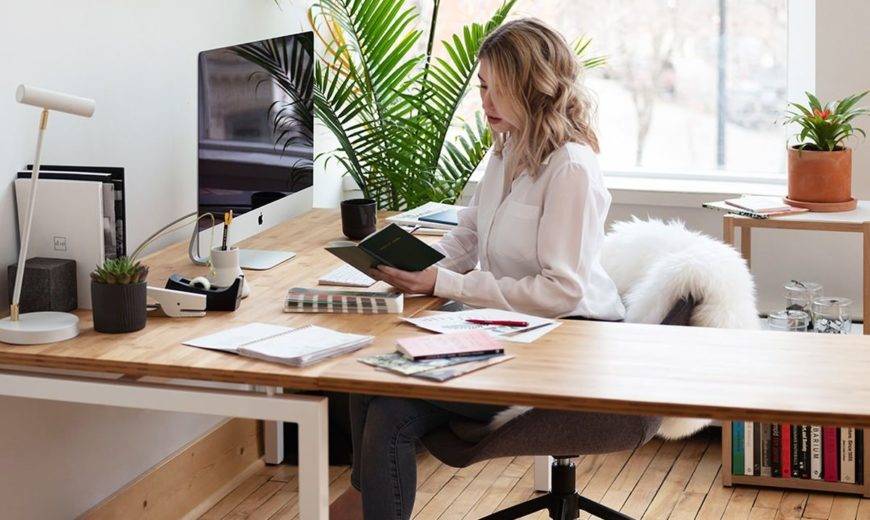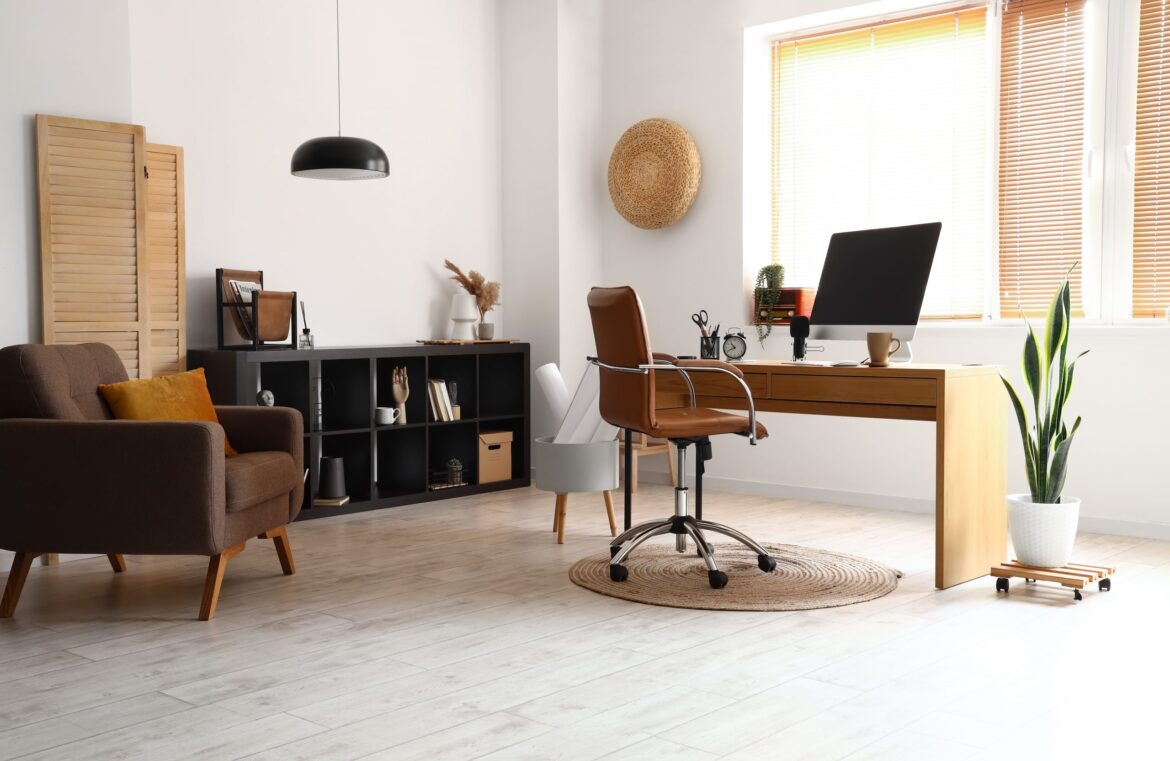Working from home has become a long-term reality for millions of people around the world. Creating a home office that balances both productivity and comfort is no longer just a luxury—it’s a necessity. A well-designed workspace reduces distractions, improves efficiency, and makes long hours at the desk more enjoyable. Much like curating a digital presence on https://hiddenfacedps.com, building a home office should reflect both your personality and your professional needs.
Choosing The Right Location
The first step to designing a productive home office is selecting the right location. Ideally, this space should be separate from the main living areas, allowing you to create boundaries between work and personal life. A spare bedroom, a section of a living room, or even a corner with good lighting can be transformed into an effective workspace.
It’s important to consider natural light, as it not only reduces eye strain but also boosts mood and energy levels. If natural light isn’t available, invest in quality artificial lighting that mimics daylight.
For professionals who run businesses or work with clients remotely, referencing platforms like an Australia business listing can also help you understand how to present yourself and your space in a professional manner, even when working from home.
Ergonomics: Comfort That Supports Productivity
One of the biggest mistakes people make when working from home is neglecting ergonomics. A poorly designed setup can lead to neck pain, backaches, and fatigue. Choosing the right chair with lumbar support, a desk at the right height, and a monitor placed at eye level are essential steps.
Even small adjustments, like using a wrist rest for your keyboard or ensuring your feet are flat on the floor, can significantly improve comfort. These details may seem minor, but over time they prevent strain and boost productivity.
Just as words in shayari sad carry emotional depth in a few lines, ergonomic adjustments carry long-term impact in subtle but powerful ways.
Organization For Efficiency
Clutter is the enemy of productivity. A messy desk often leads to a messy mind. Incorporating storage solutions such as shelves, filing cabinets, or organizers helps keep the workspace clean and efficient.
Using cable organizers for wires and digital storage for documents reduces physical clutter and keeps the focus on tasks at hand. A tidy workspace not only saves time but also creates a calming environment conducive to focused work.
Organization in your home office is as important as organization in professional spaces. For instance, just as an Australia property listing presents real estate clearly for buyers and sellers, your workspace should present clarity for your daily workflow.

Personal Touches For Comfort
While productivity is key, comfort shouldn’t be overlooked. Adding personal elements like artwork, indoor plants, or family photos can make your home office feel inviting. Plants, in particular, improve air quality and add a sense of calm.
Comfort also comes from sensory details such as scent and sound. A soothing candle or a playlist of instrumental music can set the right tone for focused work. These small details transform your office from a place of obligation into a place of inspiration.
Creating such a balance helps maintain motivation throughout the day, especially when facing long tasks or deadlines.
Technology That Enhances Work
Modern technology plays a vital role in home office productivity. From high-speed internet to noise-canceling headphones, investing in the right tools eliminates frustration and maximizes efficiency.
Other smart tools like task management software, second monitors, or even a standing desk can further boost performance. The key is to ensure that technology supports your work rather than distracts you.
In the same way people rely on an Australian restaurants listing to discover the right dining spot, having a well-curated list of technology tools ensures your work-from-home setup meets both professional and personal needs.
Creating A Work-Life Balance
One of the biggest challenges of working from home is maintaining boundaries. Without a physical commute, the line between professional and personal life can blur. Establishing routines—such as starting and ending work at set times—helps reinforce boundaries.
Taking short breaks to stretch, walk, or step outside also boosts energy and prevents burnout. By structuring your day intentionally, you maintain productivity without sacrificing your well-being.
Your home office should support not just your work but your overall lifestyle, giving you the flexibility to succeed professionally while feeling comfortable and at ease.
Final Thoughts
A home office is more than just a desk and a chair—it’s a space that shapes how you work and how you feel about your work. By choosing the right location, prioritizing ergonomics, staying organized, adding personal touches, and investing in the right technology, you can create a home office that enhances productivity while keeping comfort in mind.
Just as digital profiles reflect individuality, your home office should be a reflection of your goals, values, and preferences. By making thoughtful design choices, you’ll not only improve your work performance but also create a space you truly enjoy spending time in.




